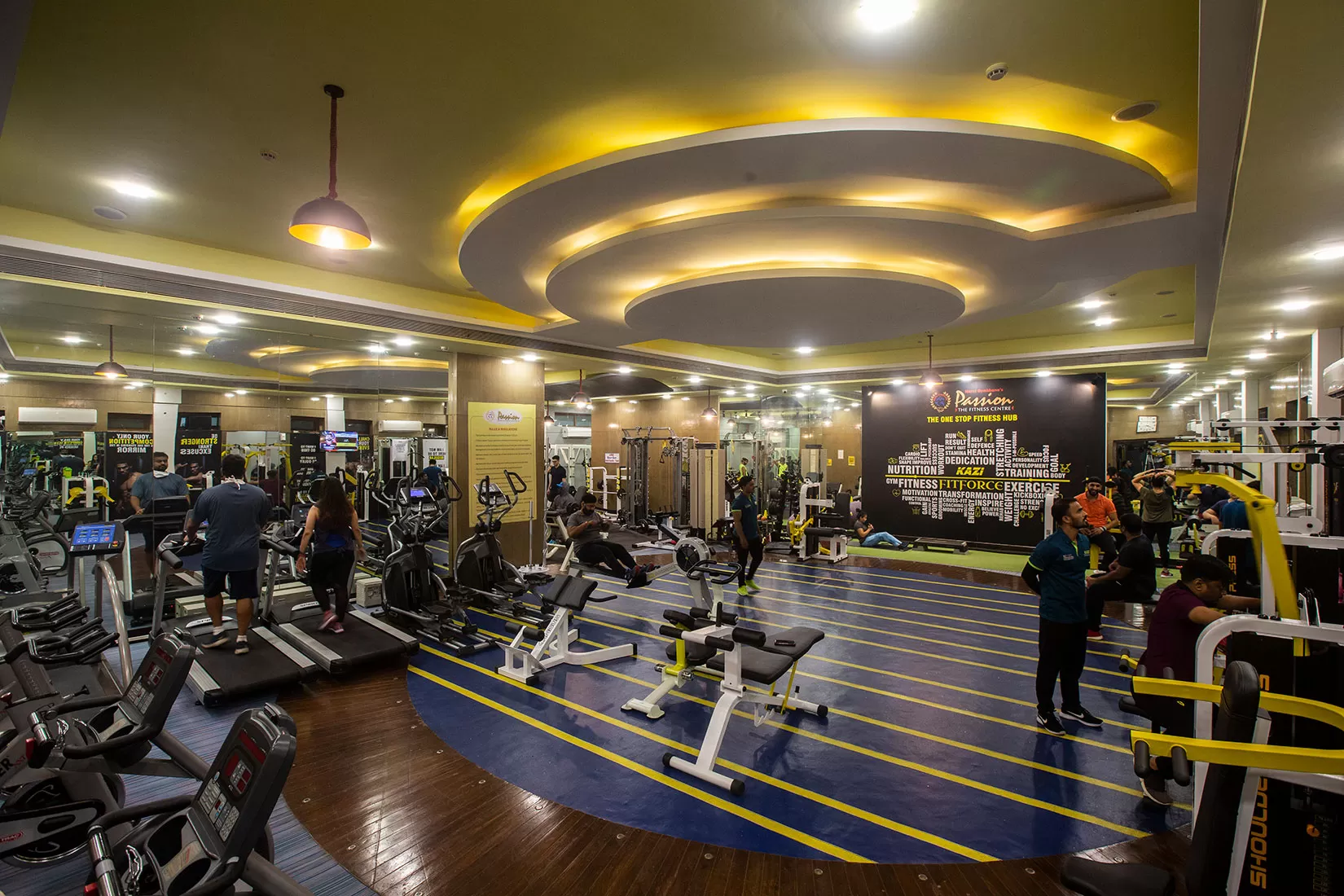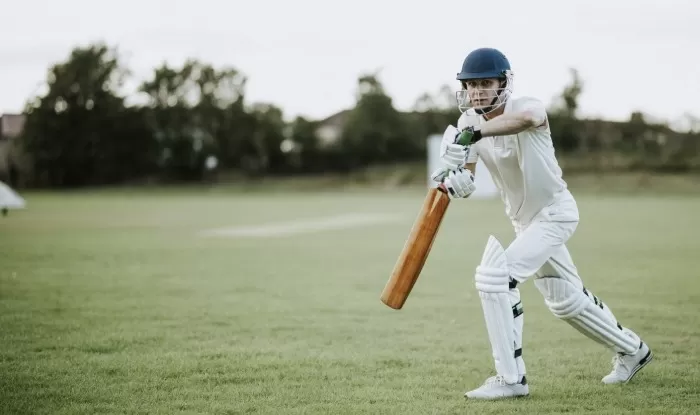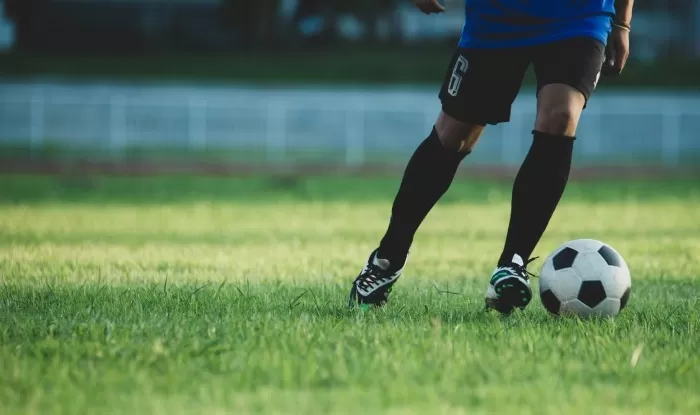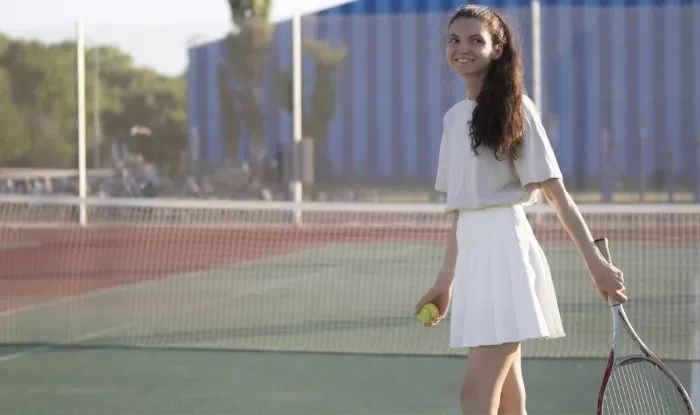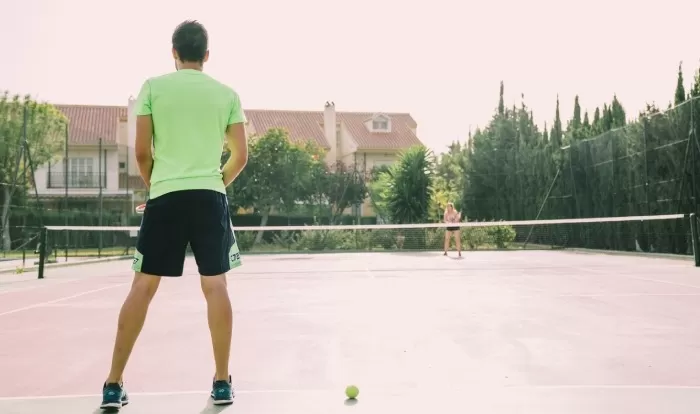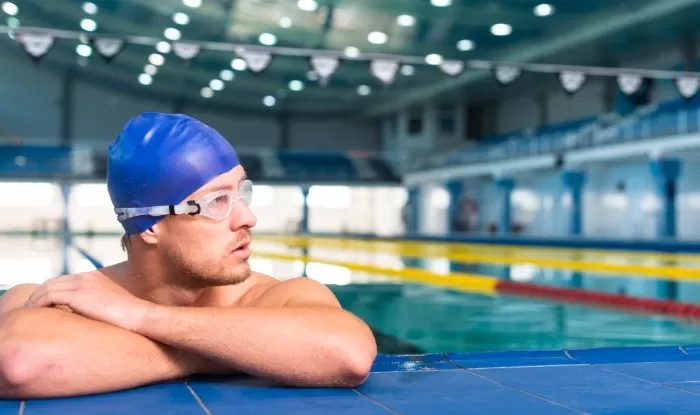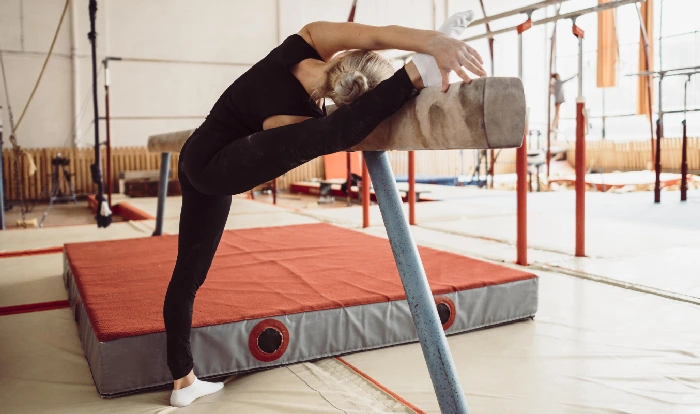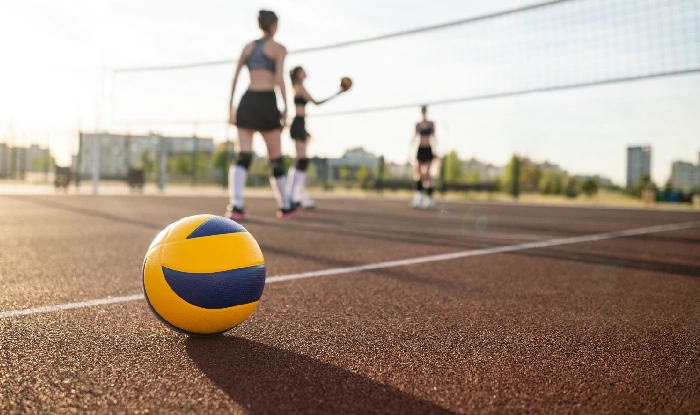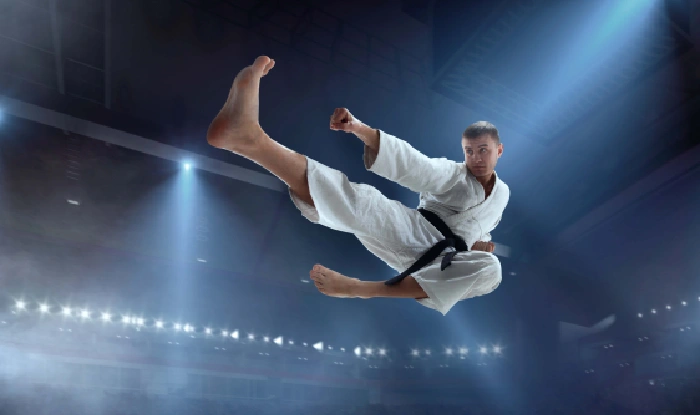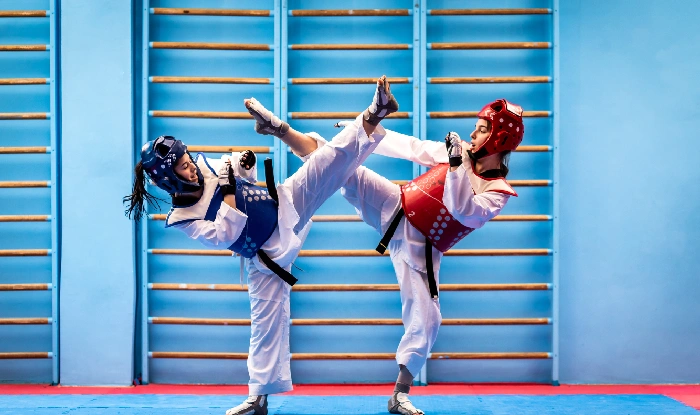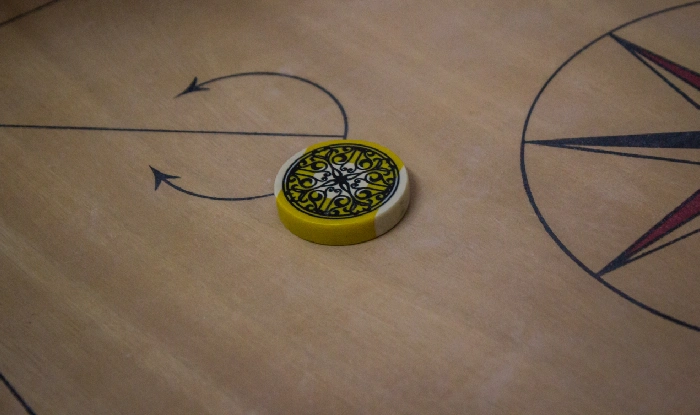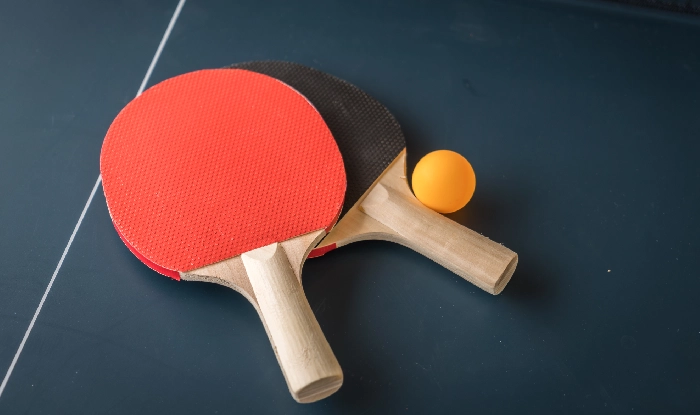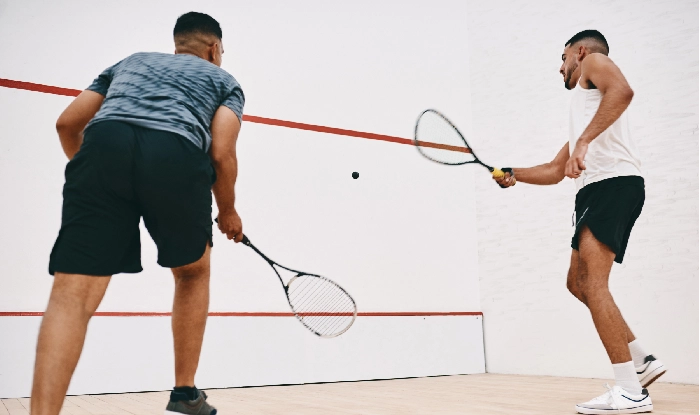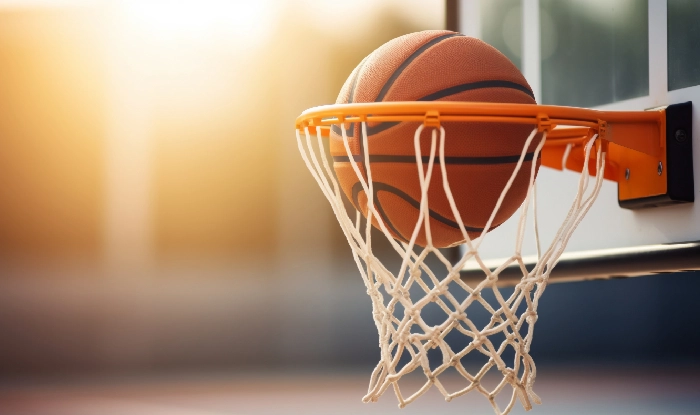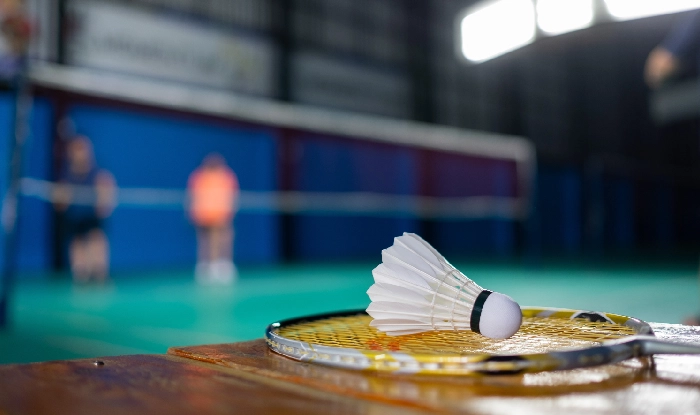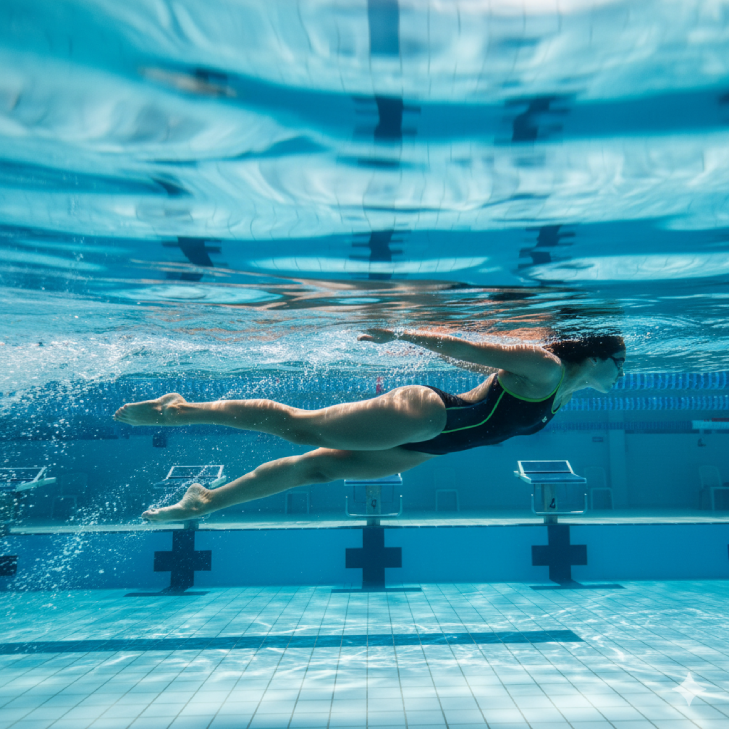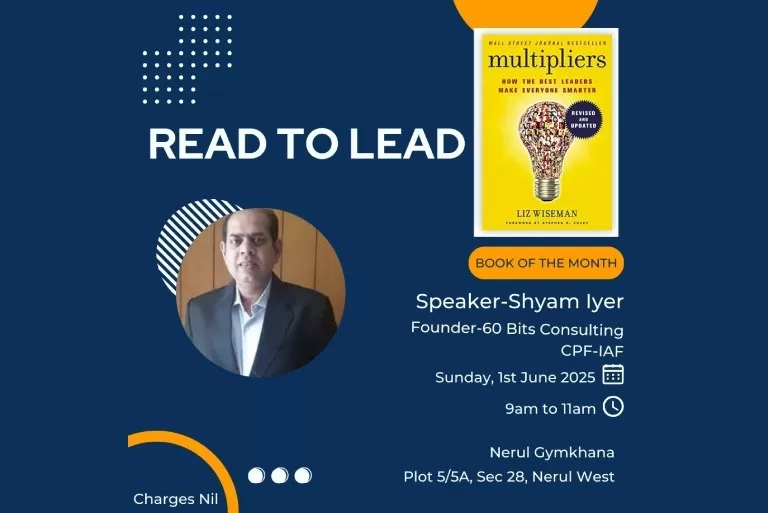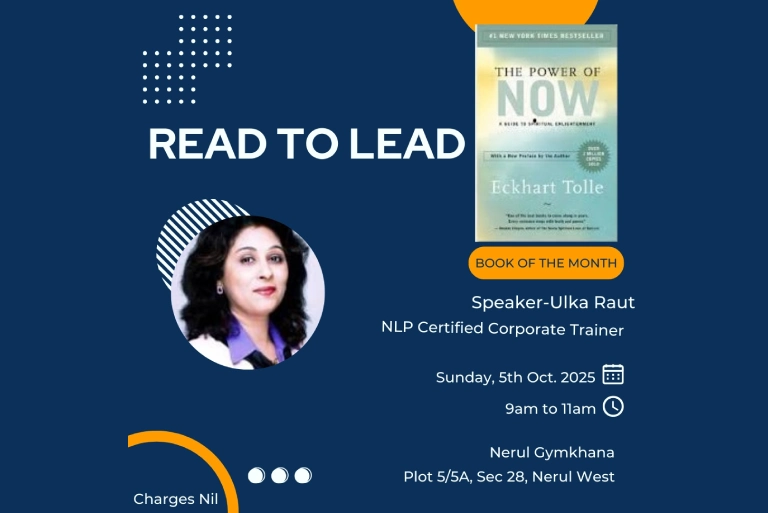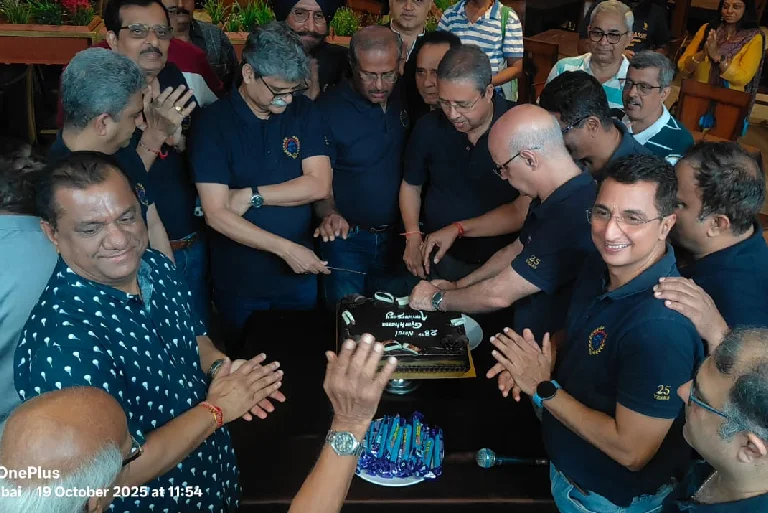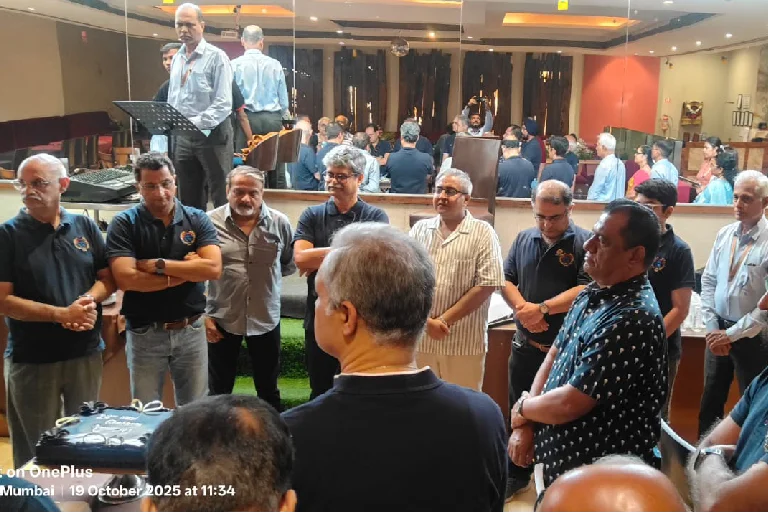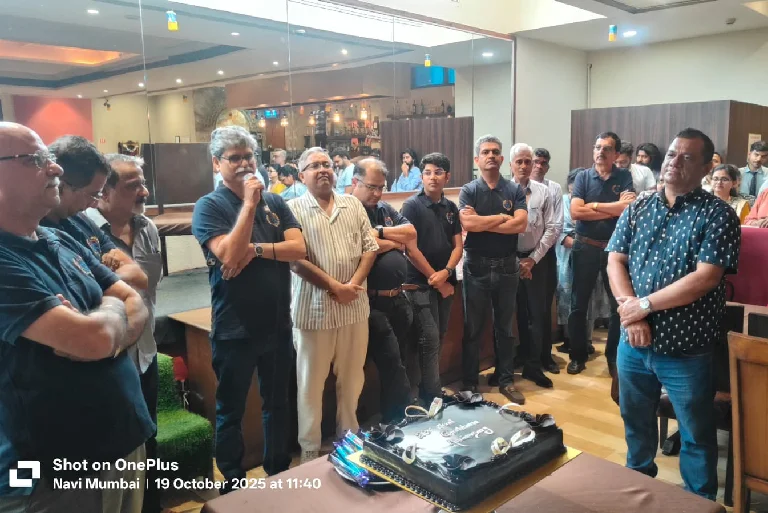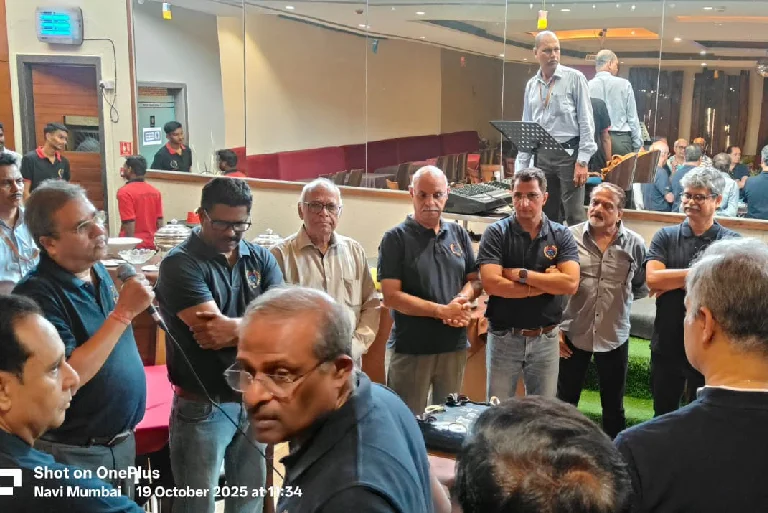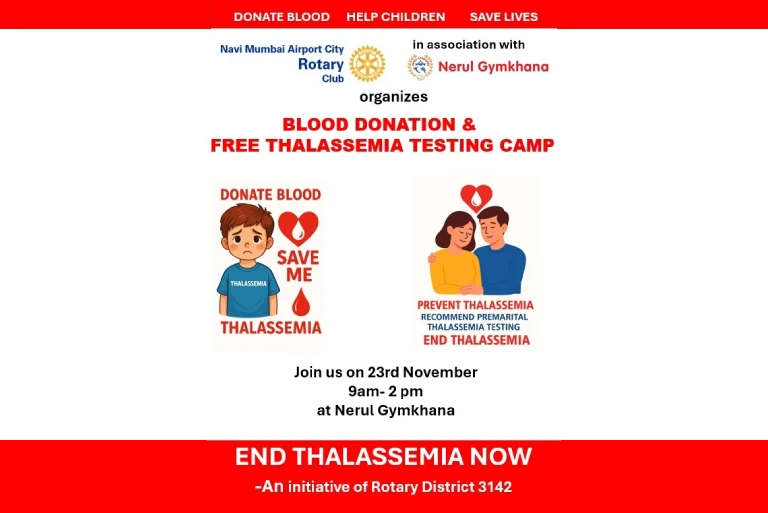Swimming Freestyle: The Art of Speed
Swimming freestyle is one of the most exciting strokes. Whether you are a beginner looking to finish a lap faster or a seasoned swimmer chasing personal records, improving speed feels like unlocking a new level of freedom.
Many people wonder how to swim faster in freestyle. The good news? Speed doesn’t come only from raw strength. It’s a clever combination of body position, technique, training, and mentality.
Let’s break this down step-by-step.
The Core of Swimming Faster
Swimming fast is not as mysterious as it seems. The formula is simple: increase propulsion and reduce drag.
Imagine yourself as a sleek boat that cuts through the water. If you keep your body aligned and your strokes are powerful enough to push more water backward, you will glide forward.
That’s why learning how to swim freestyle fast is not only about stronger arms or legs—it’s about moving smarter in the water.
Balance and Body Position
Your body position decides how much resistance you face. When your hips sink, you drag. When your head lifts too high, your body tilts and slows down.
The secret? Stay as flat as possible. Imagine a straight line from your fingertips to your toes. Keep your head in line with your spine, eyes looking down, not forward.
A balanced body position instantly makes you faster, without any extra effort.
Streamline: The Swimmer’s Superpower
If there’s one technique elite swimmers swear by, it’s streamlining.
Push off the wall or dive into the pool with arms locked above your head, squeezing your biceps to your ears, and keep your body tight. The less space you give water to push against, the more speed you carry into your stroke.
This small adjustment can shave seconds off your time and is one of the easiest ways to learn how to freestyle swim fast.
Perfecting the Stroke
Your arms act as the engine. The goal is not just to move them faster but to use them efficiently.
- Enter the water with your fingertips first, not a flat palm.
- Keep your elbows high during the pull to grab more water.
- Push past your hips before recovering your arm.
Every stroke should feel like you are pulling yourself over a barrel. That’s what coaches mean when they talk about “feel for the water.”
The Kick That Counts
A strong flutter kick stabilises your body and adds propulsion. But it’s not about splashing hard.
Kick from your hips, not your knees. Keep your ankles relaxed and pointed. The motion should be smooth, almost like a whirlwind moving from your core down to your toes.
Short, fast kicks usually work best for sprinting, while steady kicks support endurance swimming. You can swim freestyle faster without wasting energy by knowing when to use the different styles.
Sprint Strategy and Training
It’s not just about technique, but also about training smart.
Elite swimmers often divide races into three segments: a powerful start, a controlled middle, and a full-on finish.
You can practice by creating training sets in which you sprint 15–25 meters, recover, and then repeat.
When it comes to race day, your body will already know how to move.
Breathing Without Breaking Rhythm
While breathing seems natural, it can actually slow you down. If you lift your head too high, your hips sink, and drag increases.
Instead, rotate your head just enough to sip air from the side, keeping one goggle in the water.
In sprints, taking fewer breaths can lead to faster times. For longer distances, sustainable breathing patterns are more important.
Inspiration from the Best
Look at champions like Katie Ledecky. She is not only powerful but also consistent. Her stroke rhythm is consistent, lap after lap. She wastes little energy.
Think of swimmers like Natalie Coughlin who seem to glide through the water with grace rather than brute strength.
They remind us that speed is achieved through a harmonious relationship with water, not by fighting it.
This mindset isn’t only for those with Olympic ambitions. Even small adjustments in focus can transform your swimming.
For those practicing at facilities like Nerul Gymkhana, which offers some of the best options for swimming in Navi Mumbai and swimming in Mumbai, consistency and the right training environment can make a huge difference in results.
FAQs on Freestyle Swimming Speed
Focus on technique. Even with limited practice, small improvements in body alignment, stroke efficiency, and streamlining can increase speed.
There’s no universal number, but sprints often benefit from a higher stroke rate, while longer distances favor efficiency and balance.
Yes, streamlining alone can save energy and cut seconds off your time. Strength matters, but technique always amplifies it.
Hip-driven freestyle suits endurance. Shoulder-driven freestyle works better for short sprints. Many swimmers combine both depending on distance.
Most swimmers notice improvement within a few weeks of consistent practice. The more focused you are with your drills, the faster you’ll see results.

